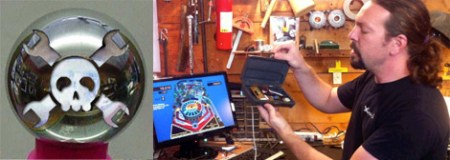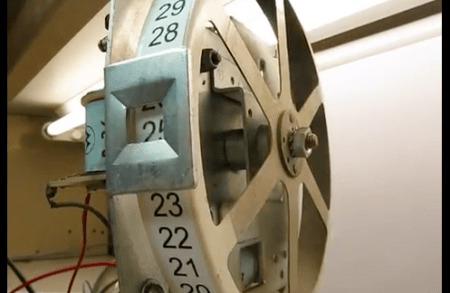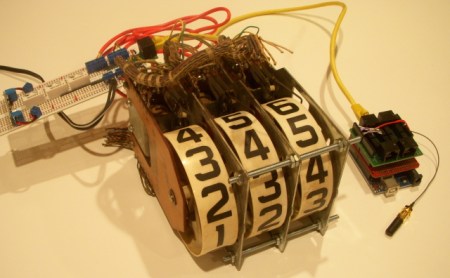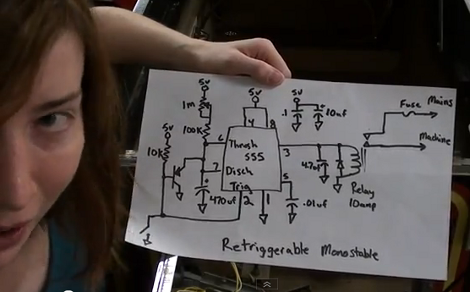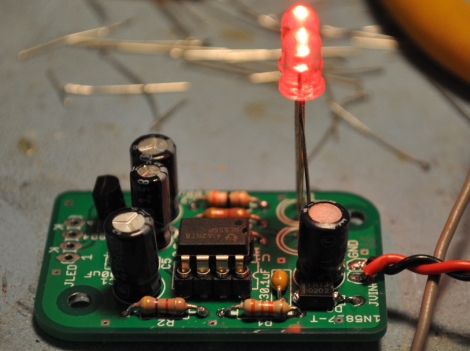
A huge collection of pinball machines in your basement is one of the crowing achievements of a geek, but what if you could have a huge library of physical pinball machines at you fingertips? [veriix] shared an imgur gallery in a reddit post documenting his wee little pinball machine he built from scratch.
Inside the pinball cabinet, there are two monitors. A 4:3 Samsung monitor serves as the backglass for the machine while a 23″ HDTV provides the playfield. On the software side of things, [veriix] used PINMAME and Visual Pinball 9 running on an old motherboard he had lying around. The result is impressive. The HD monitor playfield provides the right perspective to fool [veriix]’s brain into thinking he’s playing a real pinball machine.
We’ve seen PINMAME builds before, but those were encased in full-size pinball cabinets that took up far too much room. [veriix]’s machine is much smaller, and perfect for the garage, den, basement, or anywhere you’d like to set up an awesome game room.
You can check out [veriix] playing his mini pinball machine after the break. Thanks [Johnny] for sending this one in.
Continue reading “Mini Pinball MAME Machine Is Small Enough To Fit In Any Game Room”

